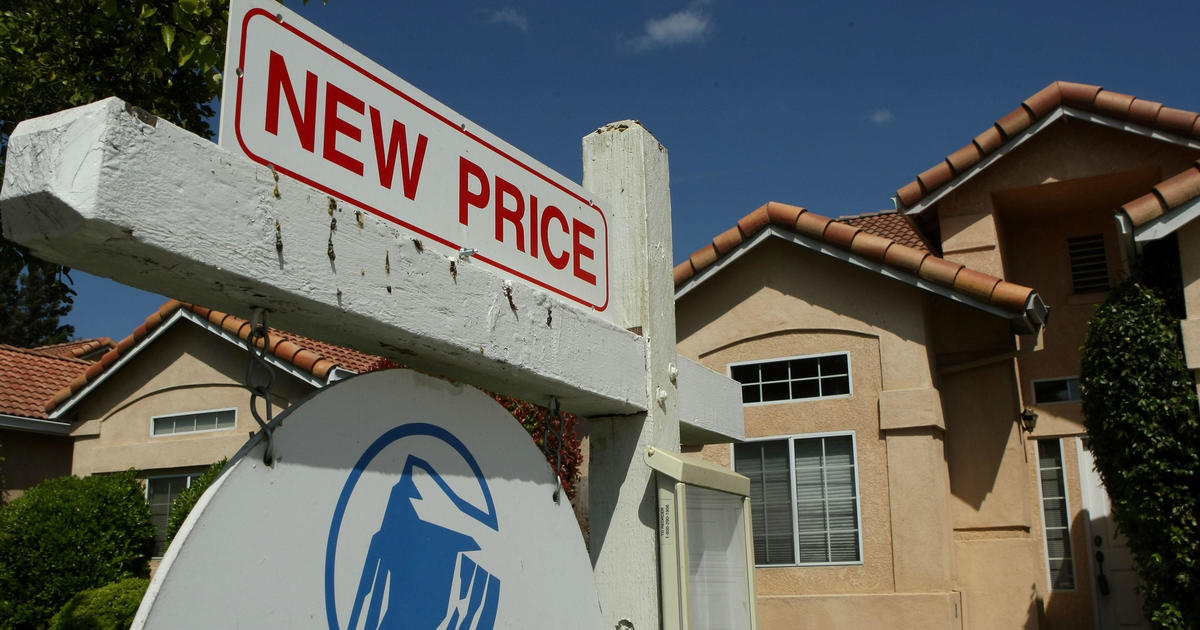Here's what to do if you get behind on your mortgage payment
With inflation and interest rates remaining elevated, some U.S. homeowners are having trouble keeping up with their mortgage payments.
The average interest rate for a conventional 30-year fixed-rate mortgage now hovers around 8%, its highest level since 2000. Homeowners struggling to make their monthly loan payments have several options.
Request forbearance
Your lender or loan servicer can grant forbearance, a temporary suspension of payments that typically lasts for three to six months. During the forbearance period, your account is marked as current and paid. Once the forbearance period ends, a homeowner must either repay the missed payments in a lump sum or through an installment plan.
To obtain forbearance, you'll have to prove that you're in financial hardship. Each lender requires different documentation from those applying for forbearance.
Refinance your mortgage
Another option for homeowners experiencing financial difficulty is to take out a new mortgage — hopefully at a lower interest rate — and to use the funds generated from a new loan to pay off the pre-existing one. If done correctly, borrowers will walk away with new financing that comes with a lower mortgage payment because the new loan has a lower interest rate.
Homeowners should strive to increase their credit score before refinancing, experts said. Many refinancing options require homeowners to pay closing costs typically ranging from 2% to 6% of your loan amount, according to Lending Tree.
That said, most mortgage experts caution against this refinancing strategy unless borrowers can find a new mortgage that will reduce their interest rate by at least 1%.
Apply for loan modification
A loan modification enables homeowners to change the terms of their existing home loan rather than taking out a new one.
Loan modifications generally come in four forms: reduced interest rate, extended loan term, changed loan type (from conventional to adjustable rate, for example) or principal reduction. Any of those forms would result in a lower mortgage payment and, ideally, something more manageable for the homeowner.
Borrowers must contact their loan servicer and be able to provide proof of financial hardship to be eligible for modification.
Seek government assistance
Homeowners can also apply to federal programs designed to help them stay in their homes and keep up with the mortgage. Examples include:
- The Federal Housing Administration loss mitigation programs. The U.S. Department of Housing and Urban Development offers several options for FHA-insured homeowners whose mortgage is either in default or at risk of default.
- The U.S. Department of Veteran Affairs offers financial counselors to military families facing foreclosure.
- The Consumer Financial Protection Bureau Homeowner Assistance Fund. This is a federal assistance program for homeowners financially impacted by COVID-19 who need assistance to pay their mortgage or other home expenses.



